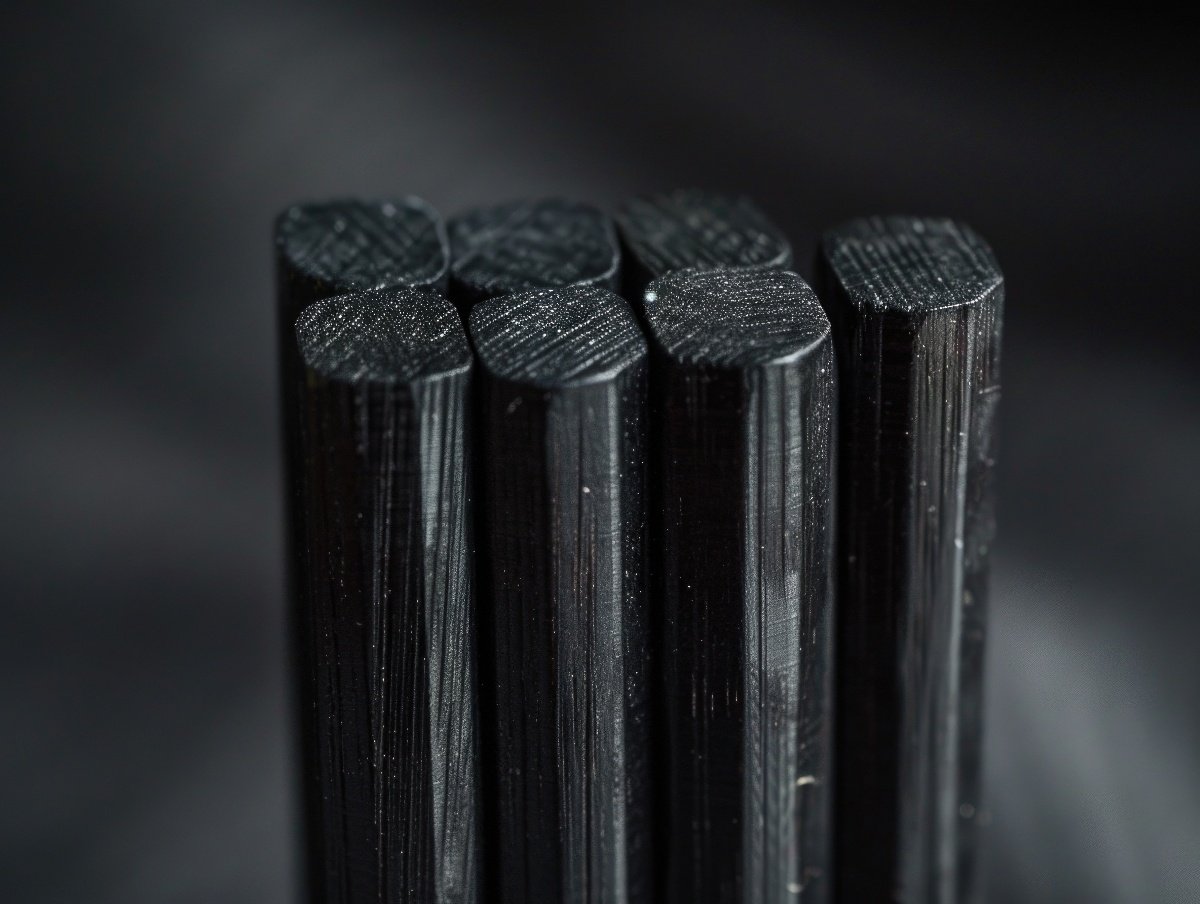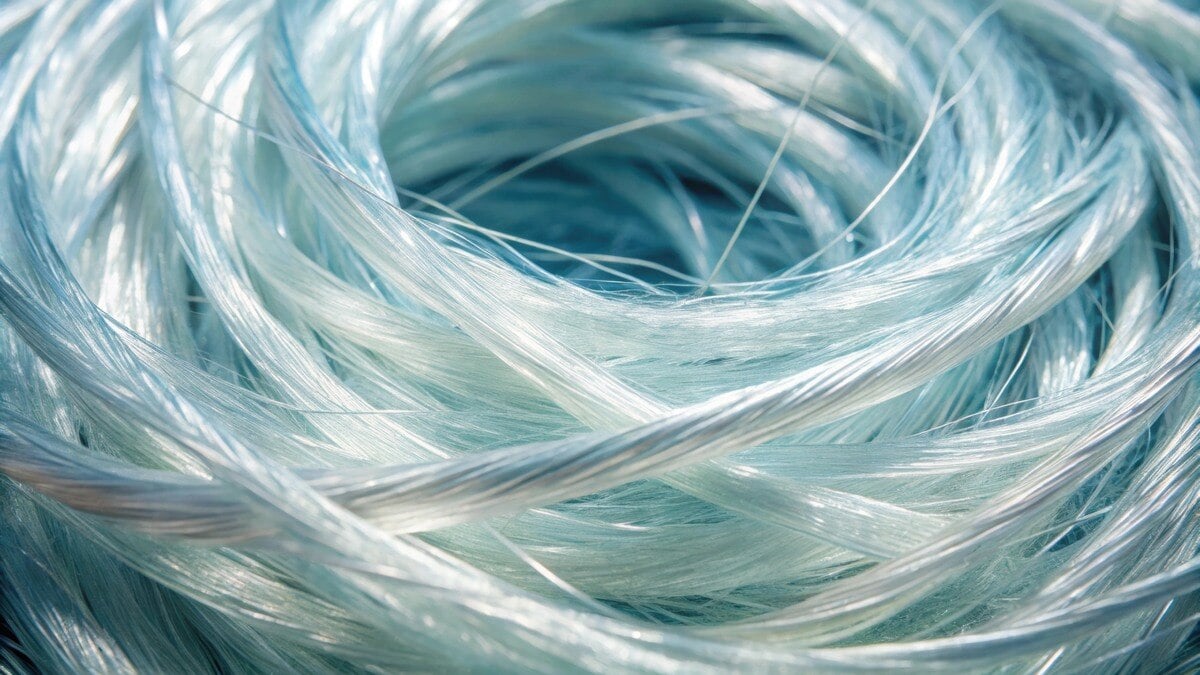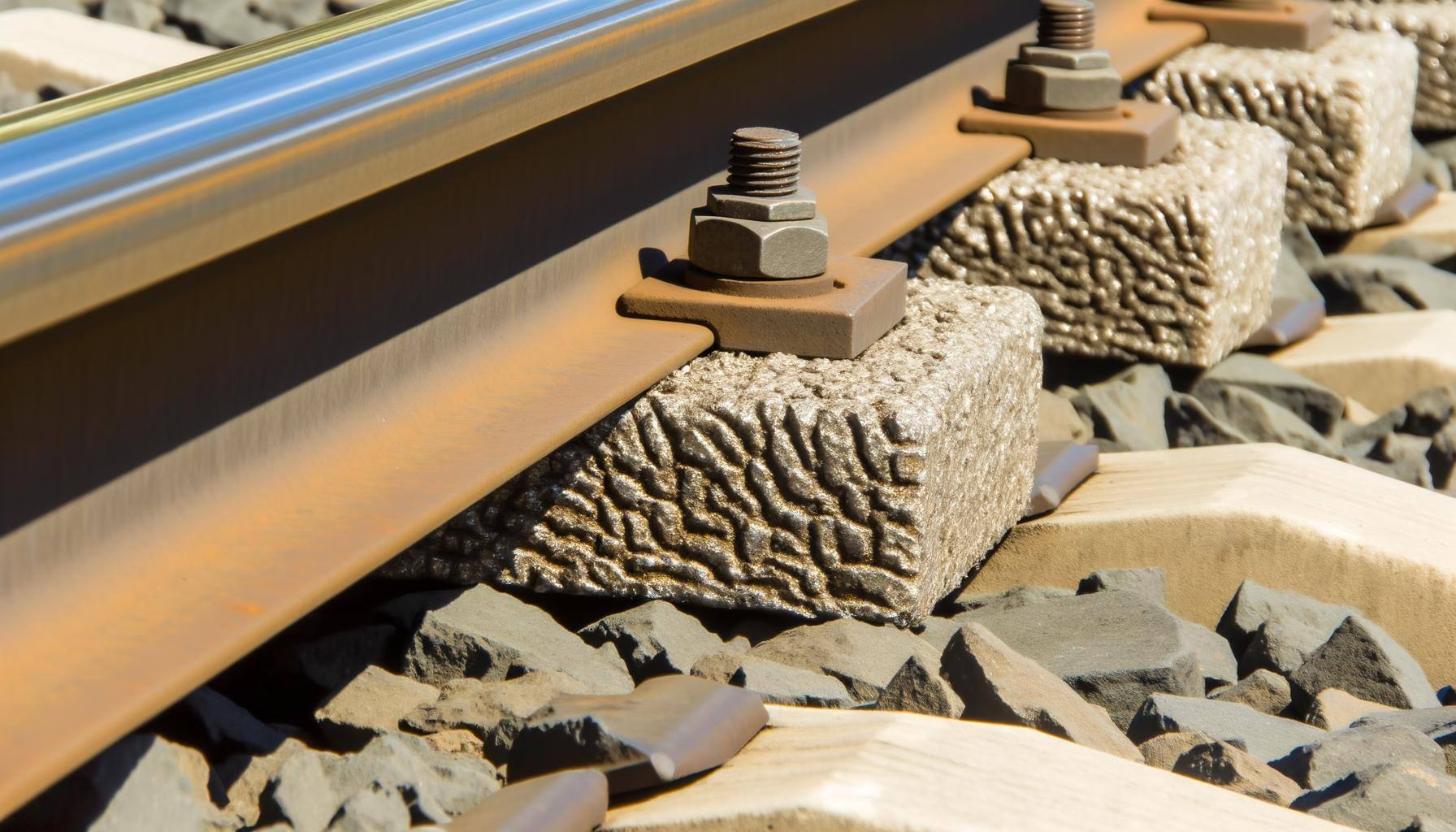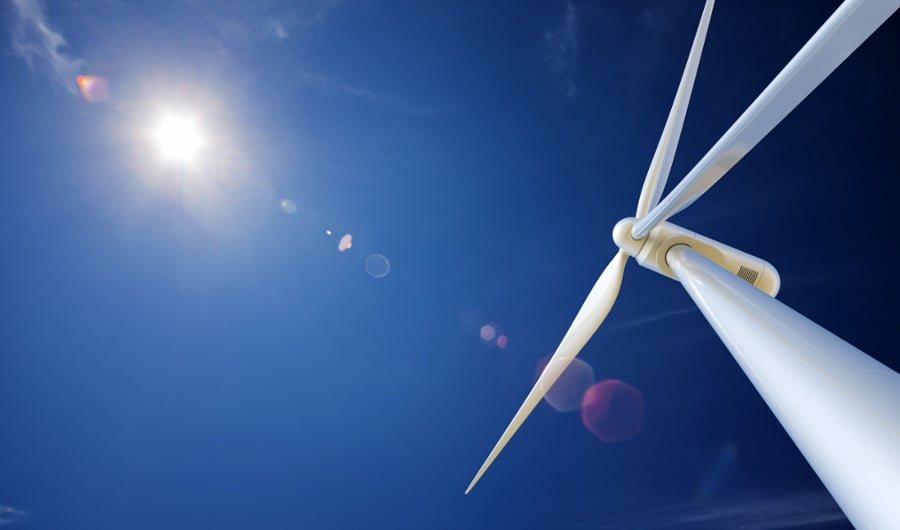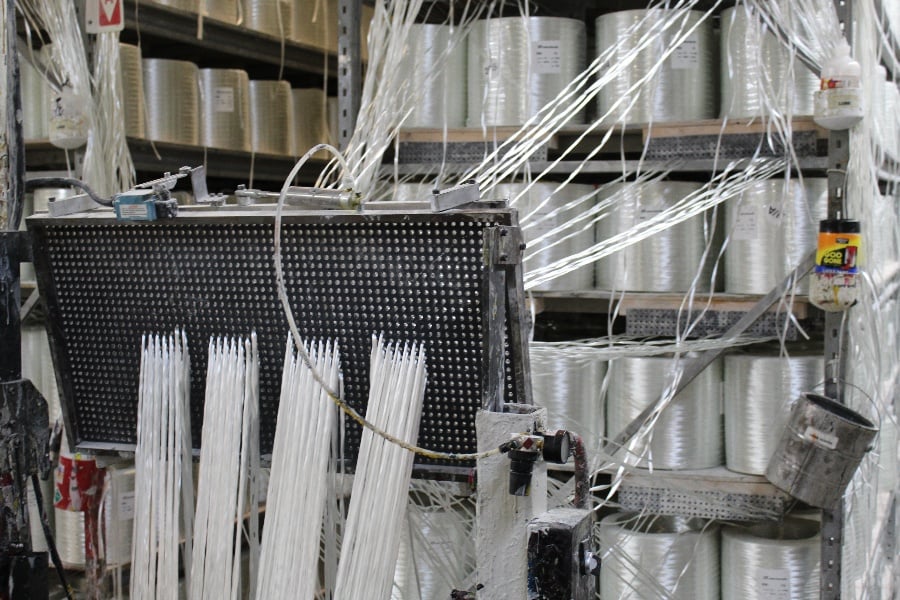
As you explore innovative materials in construction and engineering, you may encounter Fiber Reinforced Polymer (FRP) composite fiber rods. These advanced components are revolutionizing structural design and reinforcement across various industries. FRP rods combine high-strength fibers, such as glass, carbon, or aramid, with a polymer resin matrix to create a lightweight yet incredibly durable material. Their unique properties offer significant advantages over traditional steel reinforcement, including corrosion resistance, high tensile strength, and reduced weight.
In this article, you'll discover the composition, manufacturing process, and diverse applications of FRP composite fiber rods, gaining insight into their growing importance in modern construction and engineering practices.
What are Fiber Reinforced Polymer (FRP) Composite Fiber Rods?
Fiber Reinforced Polymer (FRP) composite fiber rods are innovative structural elements that combine the strength of fibers with the versatility of polymers. These advanced materials consist of high-strength fibers, such as glass, carbon, or aramid, embedded in a polymer matrix. The result is a lightweight yet incredibly strong component that offers superior performance in various applications.
Composition and Structure
FRP composite fiber rods are engineered to maximize strength-to-weight ratio. The fibers provide tensile strength and stiffness, while the polymer matrix binds the fibers together, transfers loads between them, and protects them from environmental factors. This synergistic combination results in a material that often outperforms traditional alternatives like steel or aluminum.
Key Advantages
-
Corrosion Resistance: Unlike metal reinforcements, FRP rods don't rust or corrode.
-
Lightweight: Significantly lighter than steel, reducing overall structural weight.
-
High Strength: Offers exceptional tensile strength relative to its weight.
-
Durability: Resistant to fatigue and environmental degradation.
These properties make FRP composite fiber rods ideal for use in construction, infrastructure, and various industrial applications where strength, durability, and weight savings are crucial factors.
Advantages of Using FRP Composite Fiber Rods
Exceptional Strength-to-Weight Ratio
FRP composite fiber rods offer an unparalleled strength-to-weight ratio, making them ideal for applications where both durability and lightweight properties are crucial. These rods provide robust structural support while significantly reducing the overall weight of the system they're integrated into. This characteristic is particularly beneficial in industries such as aerospace, automotive, and construction, where weight reduction can lead to improved fuel efficiency and reduced material costs.
Corrosion Resistance
One of the standout benefits of FRP composite fiber rods is their exceptional resistance to corrosion. Unlike traditional materials like steel, these rods do not rust or deteriorate when exposed to harsh environmental conditions, chemicals, or saltwater. This property ensures a longer lifespan and reduced maintenance costs, making them an excellent choice for marine applications, bridges, and other structures exposed to corrosive elements.
Versatility and Customization
FRP composite fiber rods offer remarkable versatility in terms of design and application. They can be engineered to meet specific performance requirements by adjusting the fiber type, orientation, and resin system. This customization allows for optimized performance in various industries, from sporting goods to civil engineering. Additionally, these rods can be easily molded into complex shapes, offering design flexibility that traditional materials cannot match.
Applications and Uses of FRP Composite Fiber Rods
FRP composite fiber rods have found widespread adoption across various industries due to their exceptional strength-to-weight ratio and corrosion resistance. These versatile materials are increasingly replacing traditional metals in numerous applications.
Construction and Infrastructure
In the construction sector, FRP rods are utilized as reinforcement in concrete structures, offering superior durability and longevity compared to steel rebar. They're particularly valuable in corrosive environments such as marine structures, bridges, and chemical plants. Additionally, these rods play a crucial role in soil stabilization and ground anchoring projects.
Aerospace and Automotive Industries
The aerospace industry leverages FRP rods in aircraft components, taking advantage of their lightweight properties to improve fuel efficiency. Similarly, automotive manufacturers incorporate these materials in vehicle frames and body panels to reduce weight without compromising structural integrity.
Electrical and Telecommunications
FRP rods serve as excellent insulators and are used in electrical transmission towers and utility poles. In the telecommunications field, they're employed as core elements in fiber optic cables, providing strength and protection to delicate optical fibers.
Conclusion
In conclusion, Fiber Reinforced Polymer (FRP) composite fiber rods represent a significant advancement in construction and engineering materials. By combining high-strength fibers with durable polymer resins, these versatile rods offer superior strength-to-weight ratios, corrosion resistance, and longevity compared to traditional materials.
As you consider options for your next project, keep in mind the numerous advantages FRP rods provide, from reduced maintenance costs to enhanced structural integrity. With ongoing research and development in this field, you can expect to see even more innovative applications and improvements in FRP technology in the coming years. Embracing these modern materials may well be the key to creating more resilient and sustainable infrastructure for the future.

